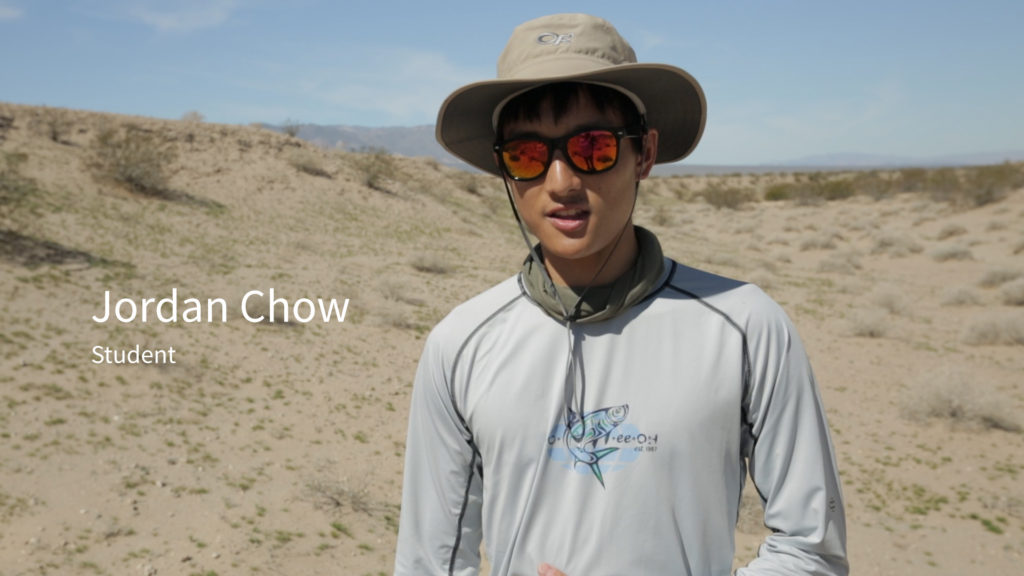As with photography, Washington University videography is about our scholarship and our community, with a documentary approach that’s thoughtful and engaging. WashU videos are high-quality, reflecting the identity of the university: personal, collaborative and world-class.
We approach visual and graphic design in a way that is clean, modern and vibrant. We value emotion, relatability and authenticity in the subjects we portray. Always consider visuals that support and show our stories beyond just capturing a speaker or an event. Regularly give viewers a sense of place, especially when the setting is on campus or in the St. Louis region.
To view a selection of university-related videos, visit WashU’s YouTube channel.
Style
- Use short depth-of-field to focus on the subject.
- Utilize natural, directional light whenever possible.
- Establish the environment through uncluttered, well-framed interviews that allow for design elements such as name keys.
- Attire should be appropriate for the subject matter
Technical Standards
- Recommended aspect ratio = 16:9
- Preferred formats for YouTube: Quicktime ProRes 422 HQ or Quicktime H.264 / MP4
- 4K or High Definition (HD) resolution at either 3840 x 2160 or 1920 x 1080
Copyright
- Videos must be free of any copyrighted music, talent or visual imagery unless permission is granted or copyright does not apply due to fair use.
- Keep in mind that some material used in an educational setting may not be copyright-free in a marketing setting.
Our commitment to accessibility
Washington University is committed to ensuring our digital videos meet ADA standards for those with visual and hearing impairments. We take extra effort to check closed captioning for accuracy and are mindful of screen readability, always favoring font sizes and contrast ratios that are easy to read across a variety of screen sizes and resolutions.
Our commitment to depicting safety
Washington University is commited to reinforcing a culture of safety in videography. We are mindful of the appropriate use of personal protective equipment (PPE) such as safety glasses, gloves and lab coats when in research or laboratory settings, and the appropriate protective measures at construction sites, other field locations and during drone flights.
Best practices for graphic design
+ Name keys
Naming convention: Identifying subjects is important for context and credibility, but given the space and legibility constraints of video, concise title descriptors are preferred. If a faculty member holds multiple WashU titles, use the one that is most relevant for the video.
Style and specifications: For university videos, use the WashU font family and color palette whenever possible. Design graphics that are clean, modern and add visual interest. Keep the use of boxes, outlines and drop shadows to a minimum. For best legibility, use WashU brand font Source Sans Pro (regular weight).
Placement: Decisions about placement should be guided by the composition of the shot, placing lower thirds in the negative space of the frame. Position lower thirds to the right or left of your interview subjects, not on top of or covering them. Floating lower thirds are acceptable if there’s proper contrast between the text and the background to ensure readability.


+ Closing slides
Logo: Every WashU video ends with a university logo for continuity. The recommended close is our widely recognized one-line university logo, reversed, center-screen and placed over black or a defocused campus image. It may be necessary to slightly darken the background image to ensure proper contrast with the logo.
Alternate logos: Official Washington University schools, departments and sub-brand logo lockups may be used in place of the recommended university logo. Videos produced in partnership with more than one campus partner or outside organization should follow the university brand guidelines for internal or external co-branding.
End credits: Closing credits can be used to acknowledge others involved in the production, sponsors or creative materials used in the production. Credits should appear after the closing slide has appeared.

Additional slides and marks
It may be appropriate to use other graphic designs, such as video opens, full screens and location IDs. Always consider the use of the widely recognized Washington University shield in design development, WashU’s primary and secondary color palette, and readability.
(Last Updated – July 2020)